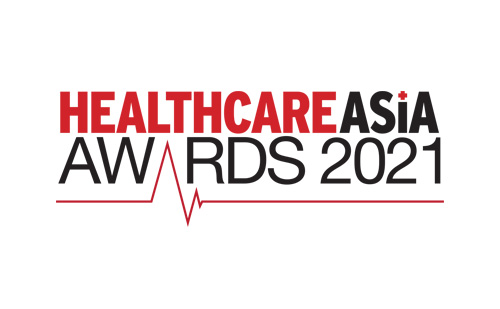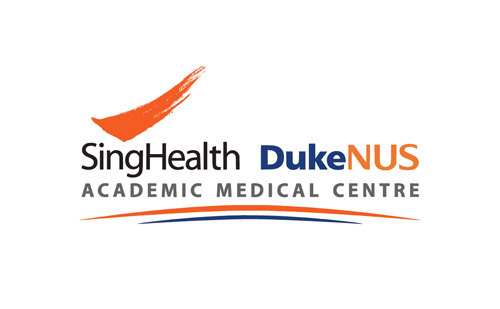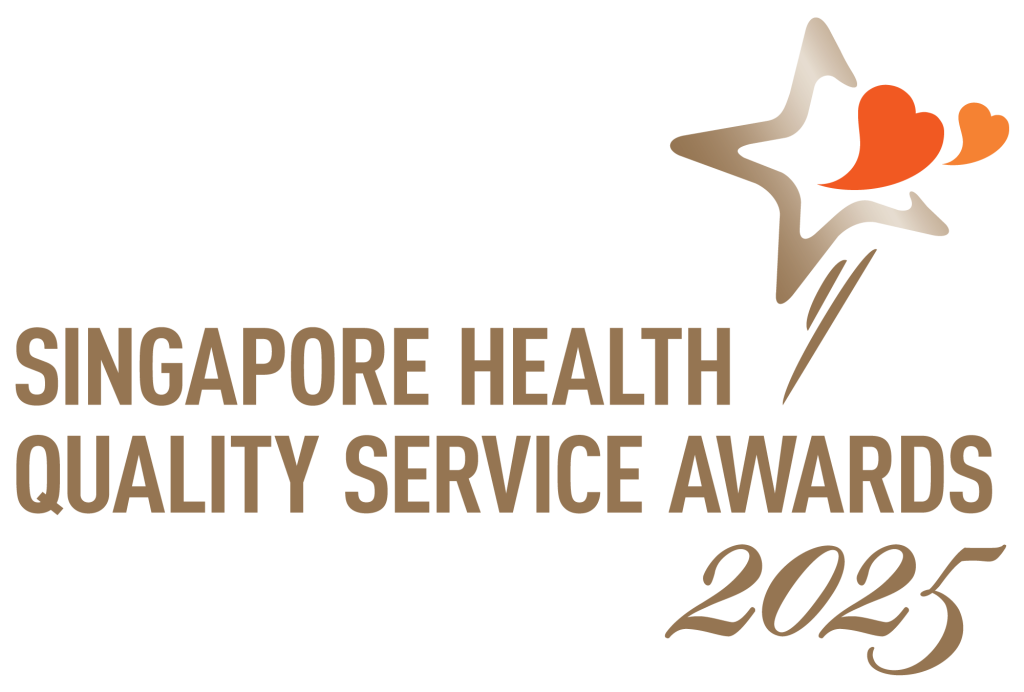Technology permeates every aspect of our lives. The healthcare sector increasingly uses telecommunications and virtual technology to deliver services beyond traditional healthcare facilities. Examples include video conferencing between doctors and patients, electronic transmission of medical records, remote monitoring of vital signs and nursing call centers.
One of the key factors driving the growth of telemedicine is the global shortage of healthcare workers. At least 12.9 million more healthcare workers will be needed by 2035, says the World Health Organisation (WHO). With access to healthcare hampered by a lack of healthcare workers, telemedicine is stepping in to fill this gap.
The lack of access to healthcare, especially in developing countries, is another factor driving telemedicine growth. With telemedicine, people who live far away from healthcare facilities will be able to talk to medical professionals through internet connection. Medical information can be shared in real time and basic diagnoses can be made on the spot. Patients needing more care beyond the teleconsultation can be referred to the nearest clinic or hospital.
Other factors driving the growth of telemedicine include rapid technological advancements, a ready pool of investors and a new willingness to embrace technology among the population.
It is therefore not surprising that the demand for telemedicine is growing rapidly. The Asia Pacific telemedicine market is expected to increase from US$8.51 billion in 2020 to US$22.51 billion in 2025, says the Asia Pacific Telemedicine Market Research Report.
Telemedicine meets challenges posed by COVID-19
This growth is further fuelled by the COVID-19 situation. When the pandemic hit, social distancing became the norm and people around the world turned online for most activities including their healthcare needs. Besides bringing greater convenience to patients, telemedicine also reduces the risk and exposure. It also helps to mitigate the problem of overstretched healthcare staff and facilities so that they do not need to cater to large numbers of patients seeking help onsite.
Driven by safety and convenience, the pandemic has provided a boost to efforts of many developed nations to further consolidate its telehealth infrastructure and systems. Singapore is one of the early adopters of telemedicine within Asia Pacific. Before COVID-19, the island state had already built strong telemedicine platforms with the government’s support. The Philips’ 2019 Future Health Index survey reported that 64 percent of healthcare professionals in Singapore currently use some form of connected care technology to carry out diagnosis, treatment, or management of their patients.
Integrated Health Information Systems (IHIS), Singapore’s national health IT agency, said that the use of technology has resulted in the adoption of a healthcare model that is “manpower light and tech heavy”. With the majority of confirmed COVID-19 cases being relatively healthy, these patients are managed with the use of remote monitoring tech in newly created community care facilities, while manpower is deployed to focus on higher-risk patients.
At the height of the pandemic in the middle of 2020, when the world fought the infodemic war against false information and scare mongering, Fullerton Health released our proprietary technology for a free version of a COVID 19 symptom checker on the LiveFuller App across our markets in APAC. This AI enabled app is customised with current information from WHO and the respective countries response plan. This is to allay fears and concerns and help direct people to the right resources to relieve pressure on medical resource at the hospitals.
In Singapore to encourage more Singaporeans to voluntarily step forward for vaccination, Fullerton Health offered free post COVID 19 vaccination teleconsult support. In addition, there was a waiver of delivery charges if medication was required after the teleconsult.
Online and offline medical services for best patient outcomes
Telemedicine may appear to be the north star of the medical industry, plugging gaps to the current healthcare crisis, however, technology alone cannot ensure good patient outcomes.
Proper co-ordination of online and offline services would ensure the best possible care for patients. Telemedicine on its own, is unable to deliver effective care without the support of a traditional brick and mortar medical facility with diagnostic capabilities and professional healthcare staff.
Fullerton Health operates over 600 healthcare facilities, across 10 markets in APAC, with 13 million health transactions a year, Fullerton Health has extensive experience in running traditional on-ground healthcare services. In the last few years, with its focus on digitalisation to meet the specific needs of local markets, Fullerton Health has partnered leading technology companies.
As part of its digital strategy, Fullerton Health has in place telemedicine to improve access to care. As a regional player, Fullerton Health thinks global but acts local. We understand healthcare is nuanced, perceived and delivered differently in different communities. As such, even with a common infrastructure that runs on the backend, different Telemedicine Applications are created to deliver care in the different markets across APAC.
Particularly LiveFuller was created as a comprehensive digital health platform by Fullerton Health that connects people with its online and offline services throughout Asia Pacific.
Private health providers role in making healthcare more accessible
Standalone telemedicine providers will always face the challenge of scaling. As a digital enterprise, the ability to scale will determine the viability of the business. Fullerton Health’s advantage is that it has a well-established ecosystem of connecting payors, providers and patients. This circle generates value for all parties and established a strong partnership with corporates in the provision of healthcare for staff. Being one of the largest corporate health providers in APAC, once the telemedicine pipeline is open, within months, half a million users were onboarded. This makes healthcare services more convenient and accessible than before. Corporates that once feared over consumption of healthcare with telemedicine can be assured with analytics of cost savings and productivity.
Ernst & Young is one of the first companies partnering Fullerton Health to integrate telemedicine services with existing health care offerings so as to provide greater access to care for its Singapore employees. This move is especially critical during the COVID-19 pandemic where safe distancing measures and telecommuting are in place.
AXA Insurance is another company which partnered with Fullerton Health to offer members access to unlimited complimentary teleconsultations and waiver of delivery fee for medication in 2020.
With technology being an intrinsic aspect of our lives, it should be leveraged to bring about more convenience, cost savings and better health outcomes. Telemedicine offers an opportunity to transform healthcare delivery for the better.




















